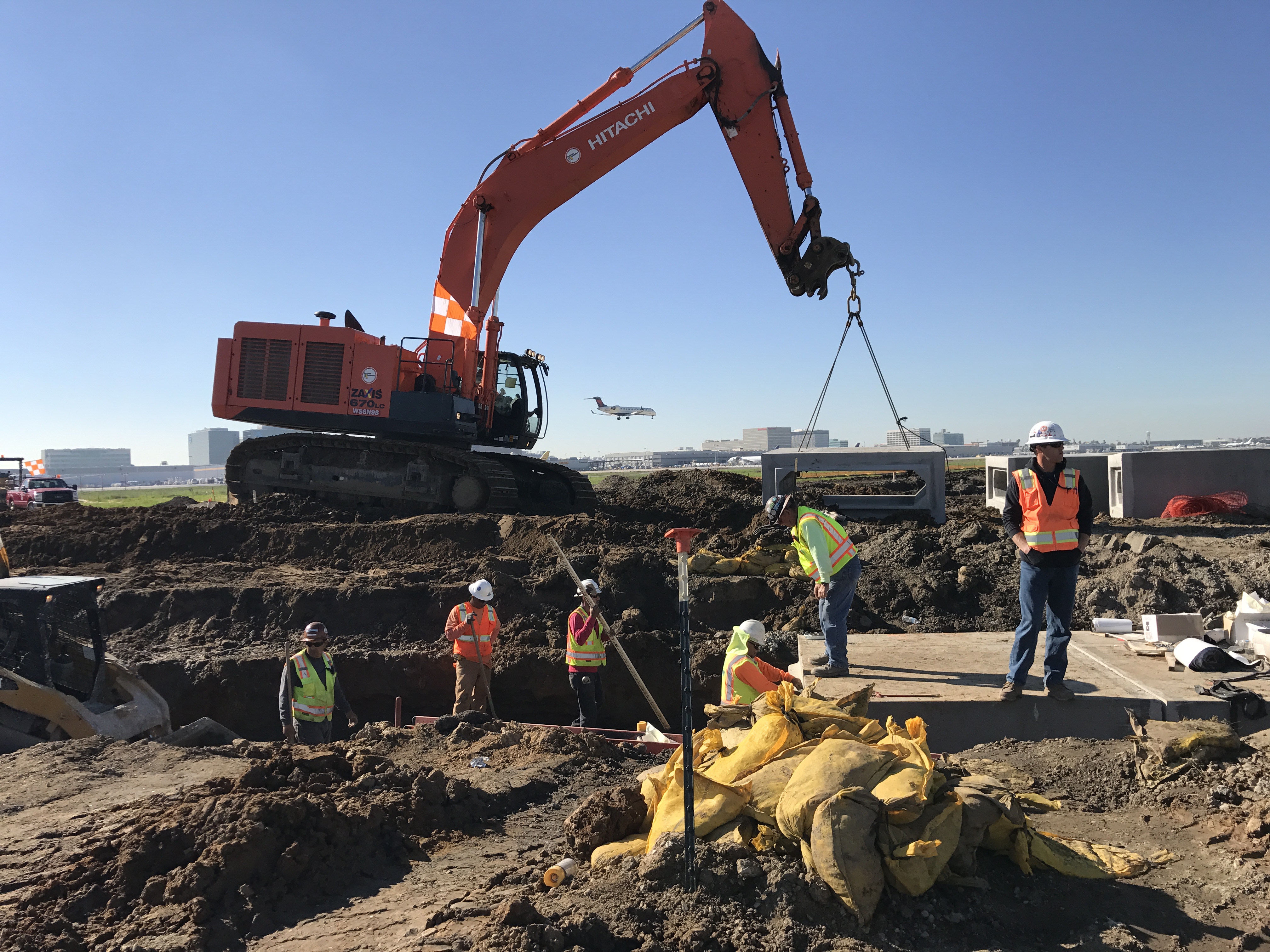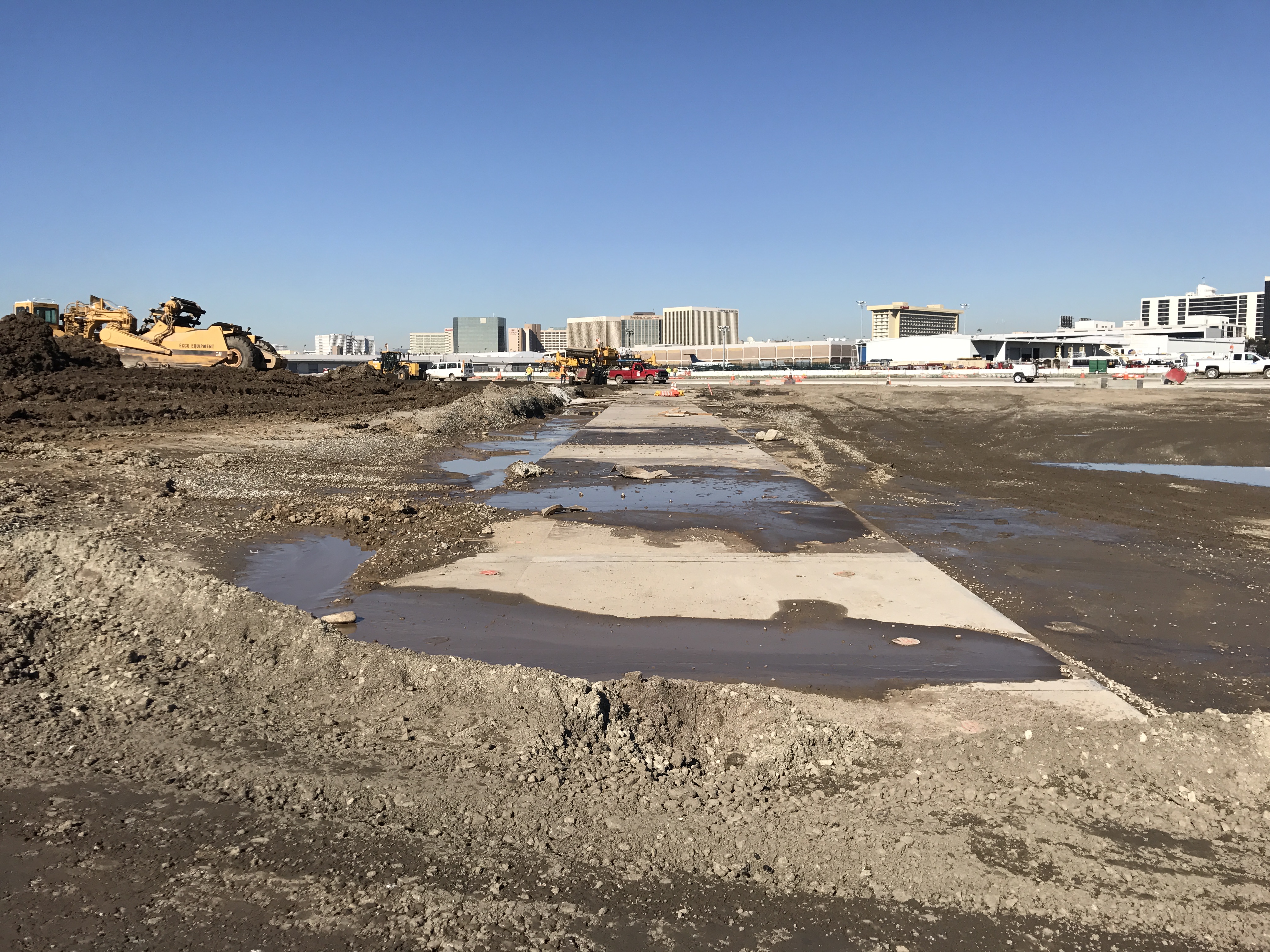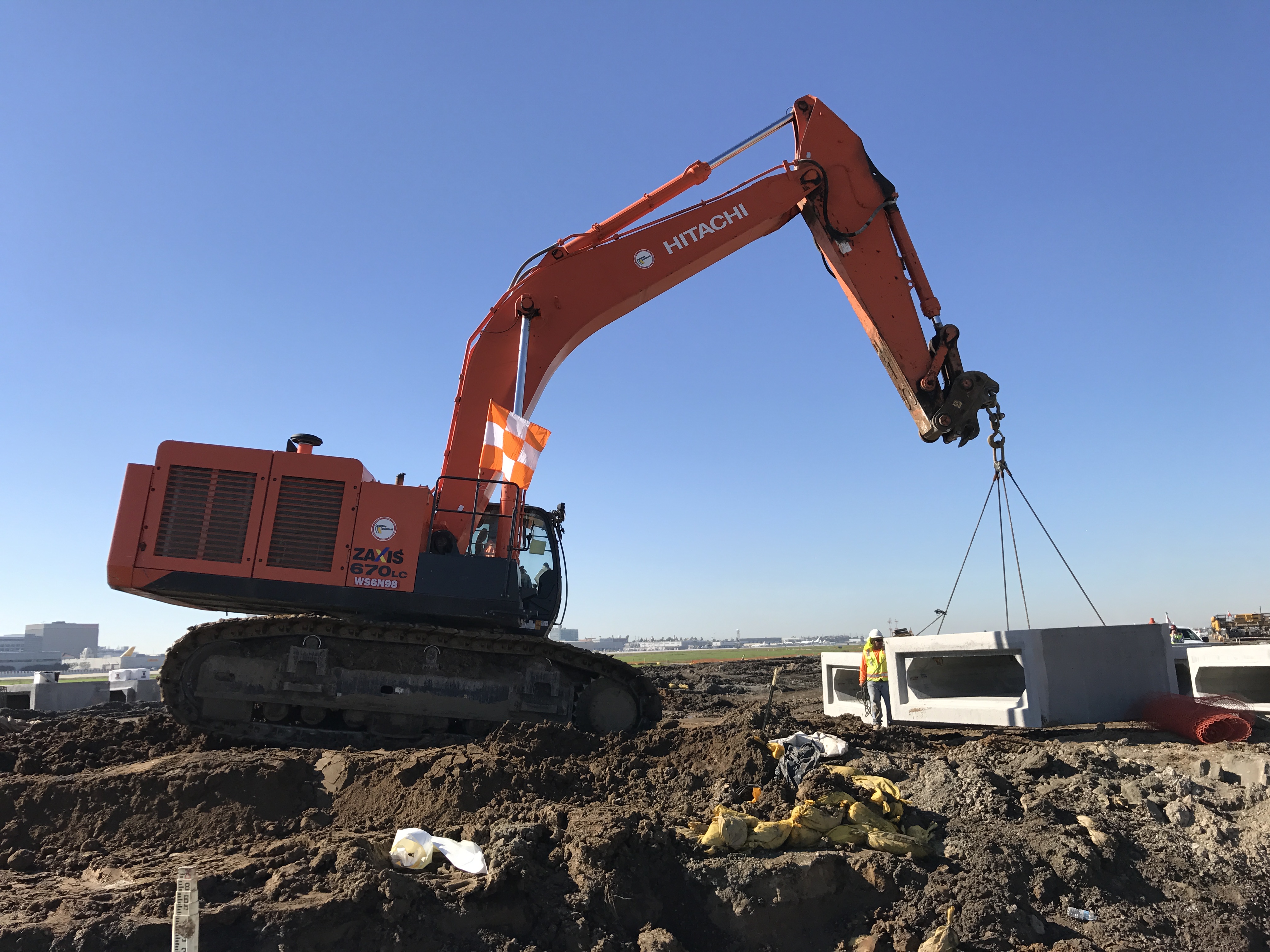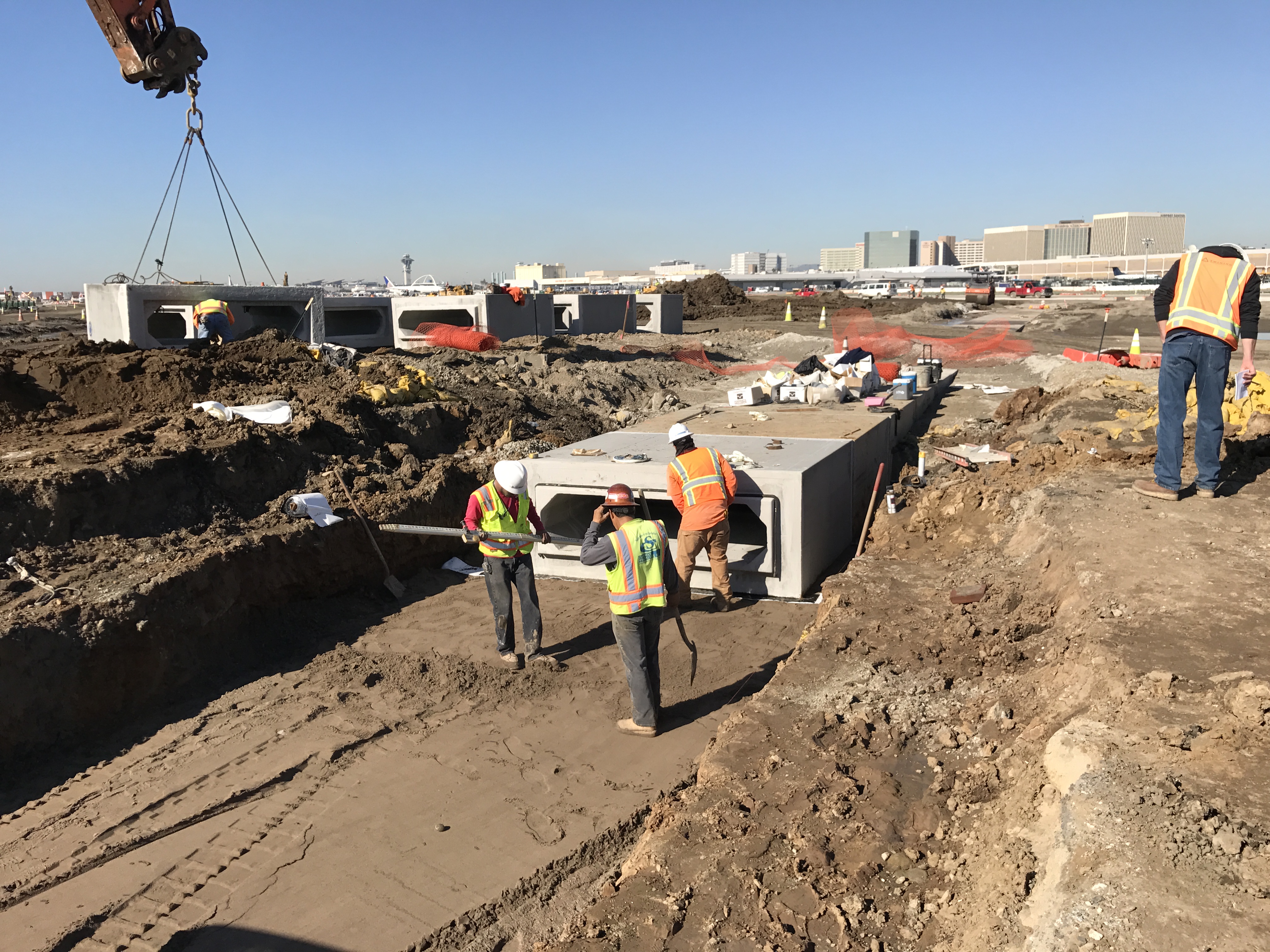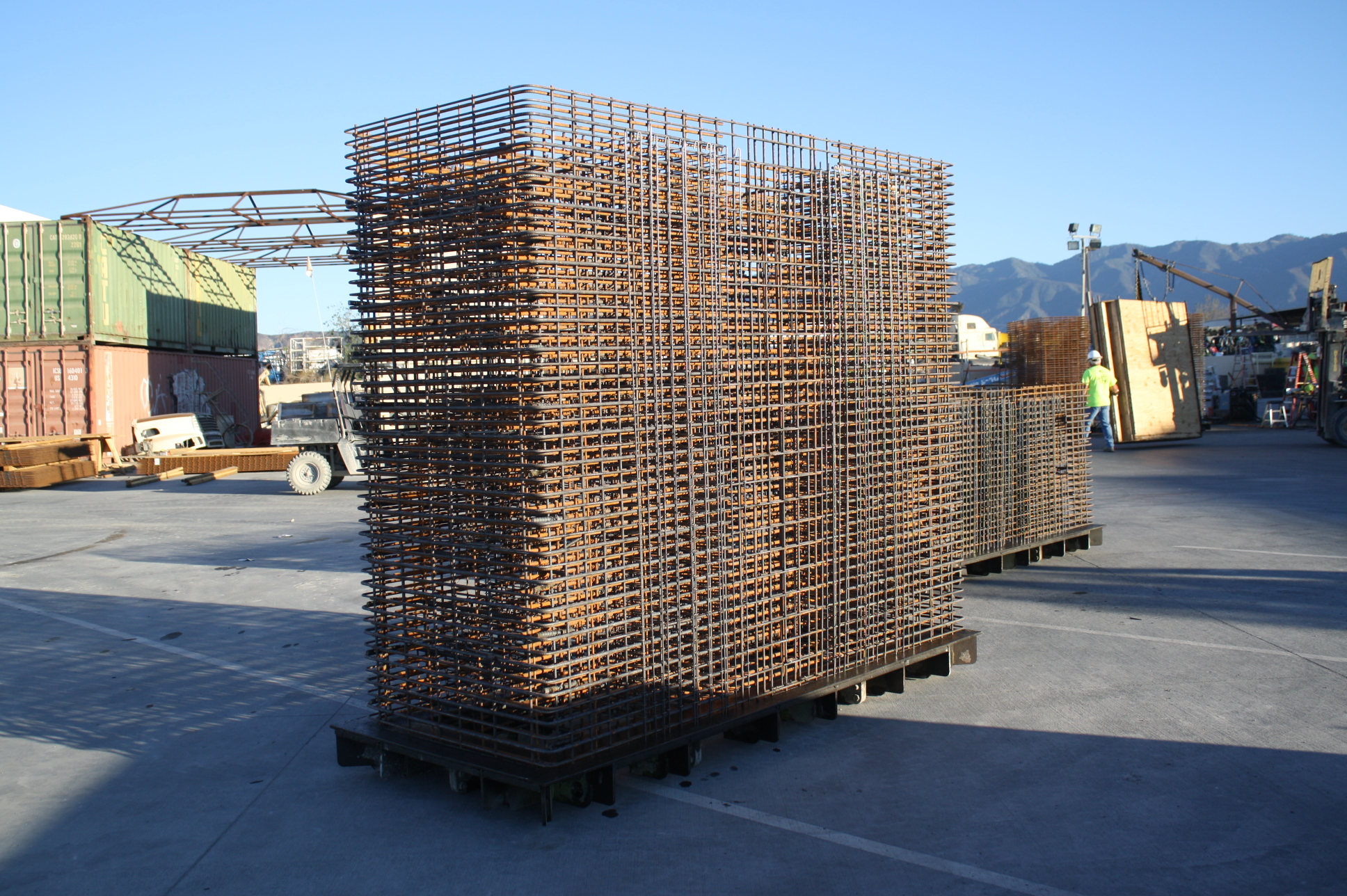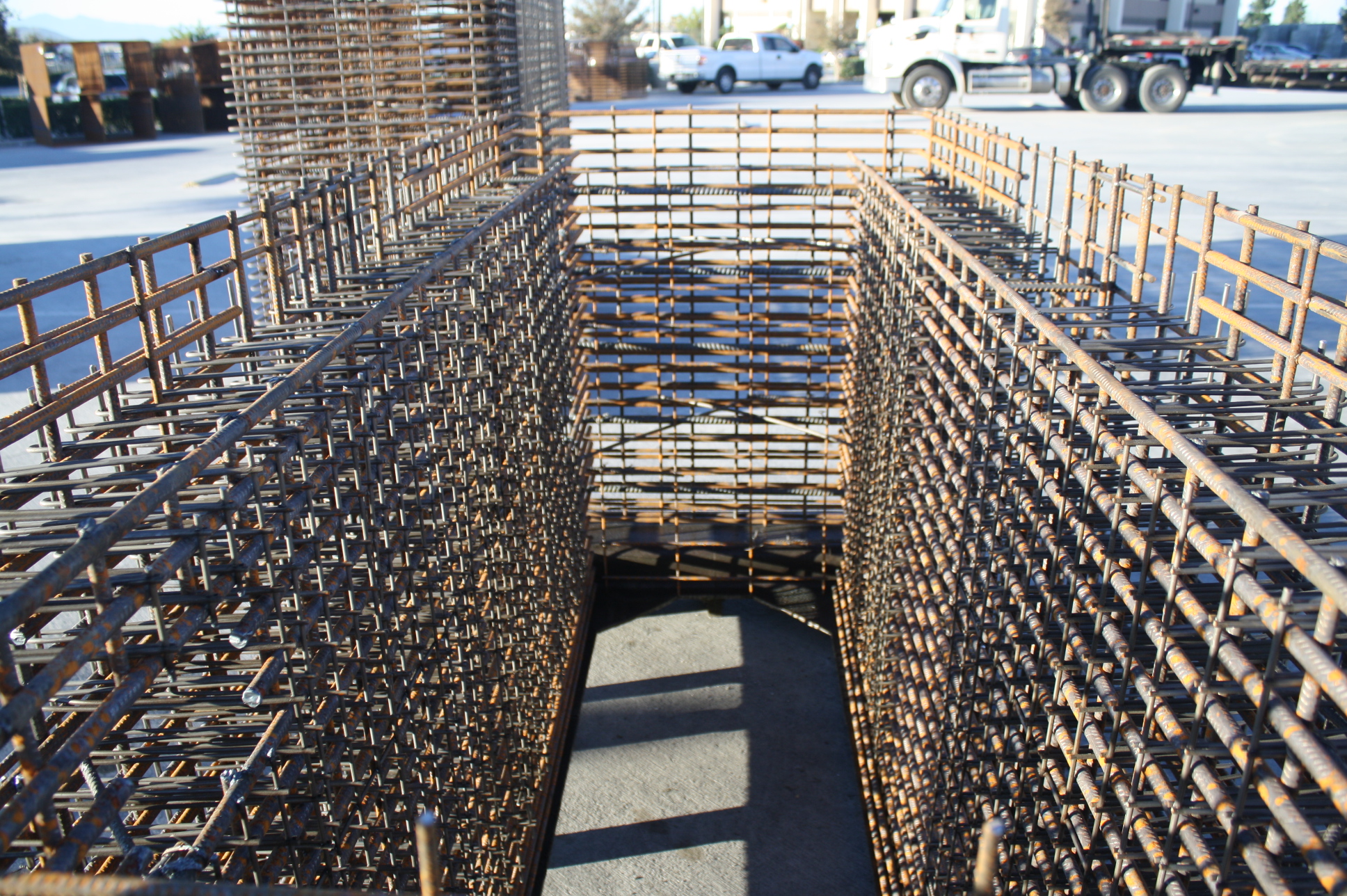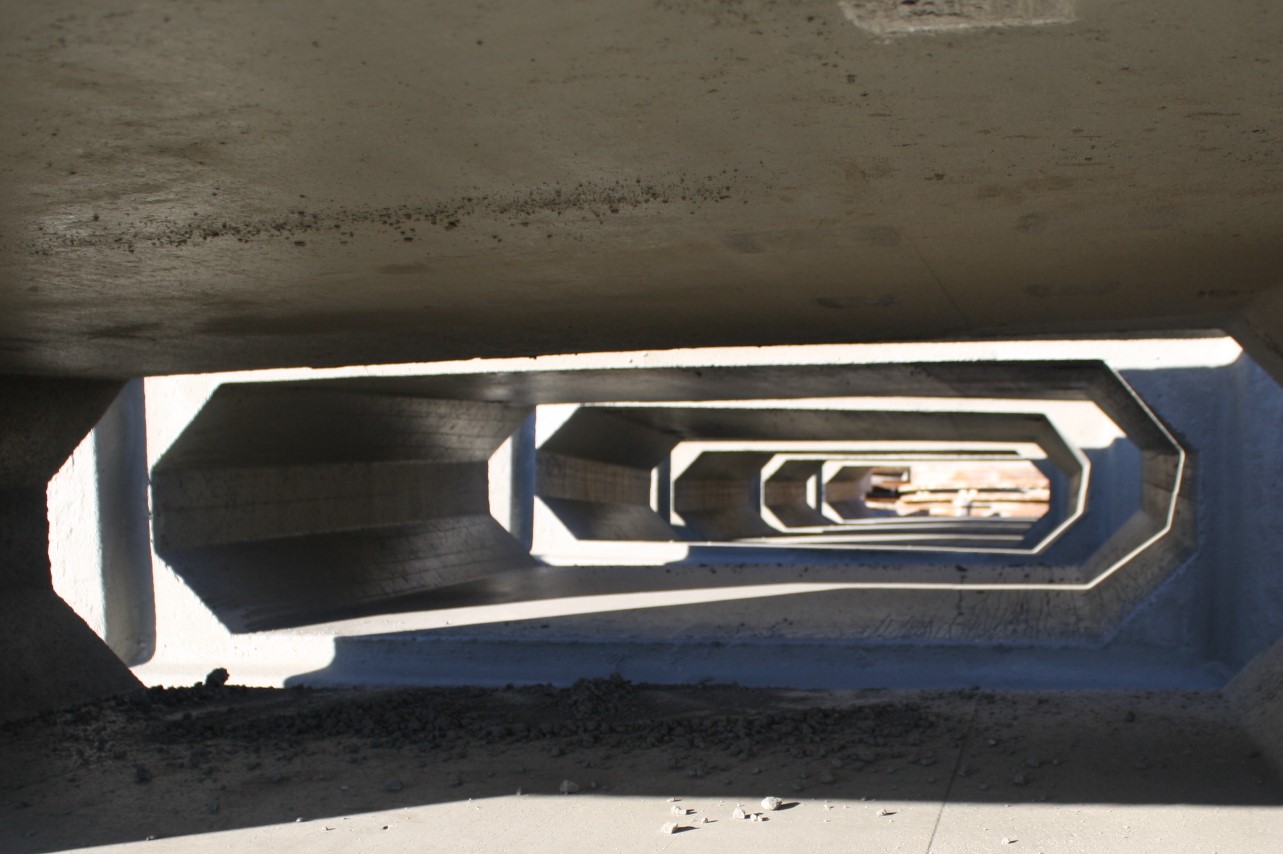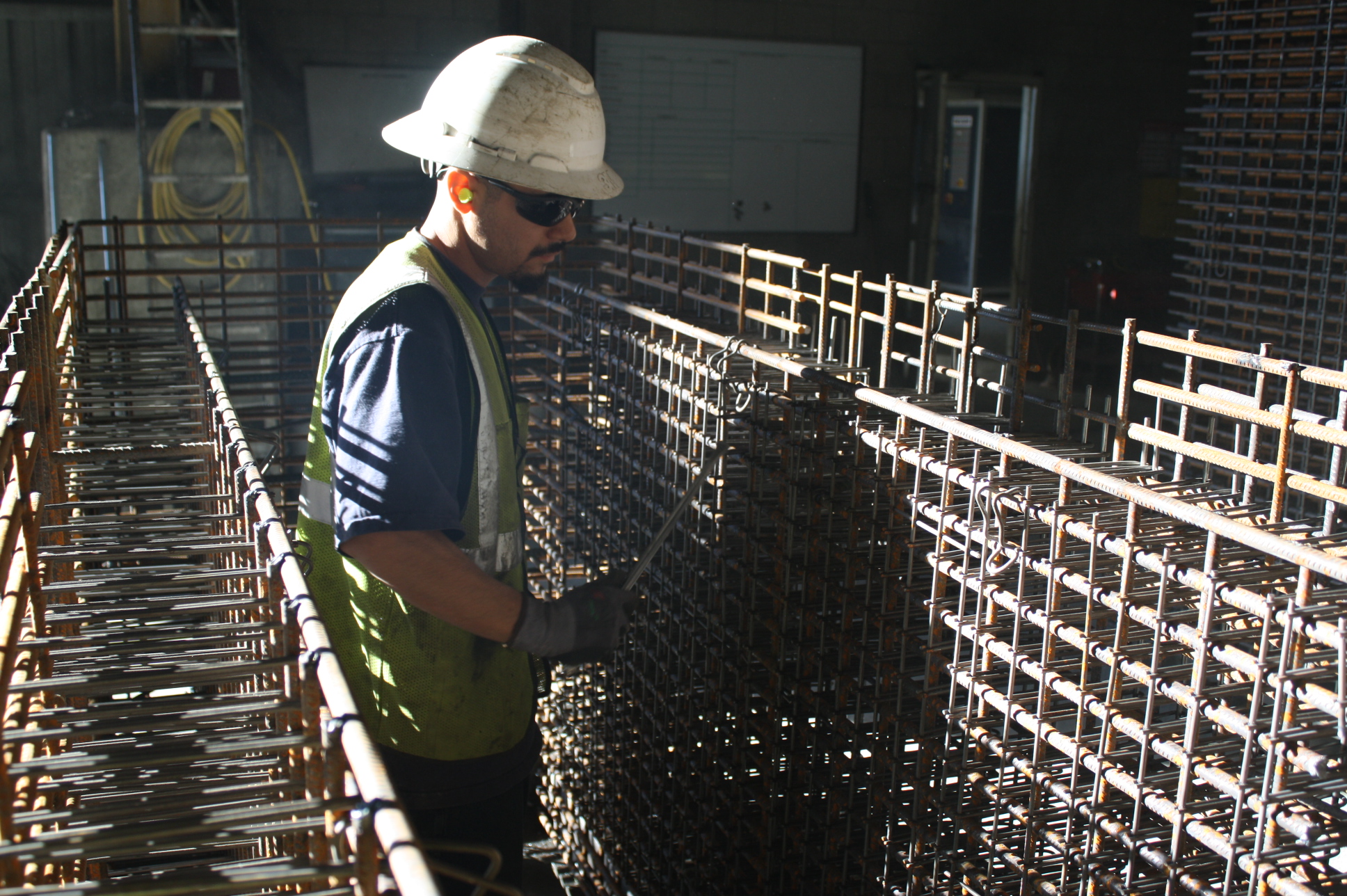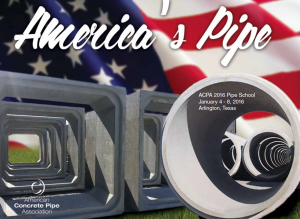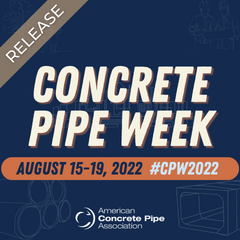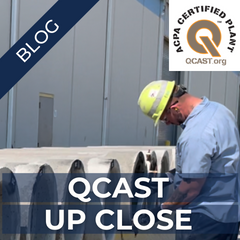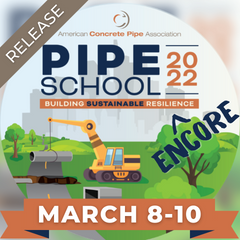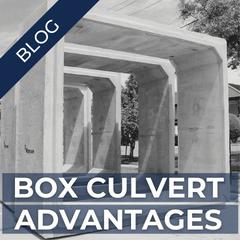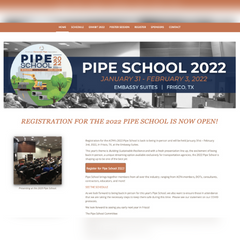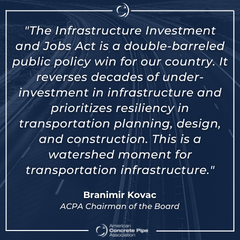The Los Angeles International Airport (LAX) is the second busiest airport in the United States and the sixth busiest in the world with more than 80 million people passing through annually. As part of a federally mandated standard requiring the runway safety area at an airport to be kept clear and well drained, as well as capable of supporting the weight of new larger commercial aircraft, it was time for major improvements at LAX.
A planning study revealed that all four runways — two on the north airfield and two on the south airfield—needed major runway safety improvements to bring them into compliance. The Los Angeles World of Airports put together a plan for the project in 2013 and completed the last phase in January 2017.
The $112-million project included:
- extending Runway 7L-25R by 832 feet;
- grading and compacting the runway safety area;
- constructing a blast pad west of the runway extension;
- modifying several taxiways;
- installing a new storm drain system;
- relocating existing structures; and
- replacing and modifying taxiway lighting.
The original design for the improvements called for 8-foot by 2-foot cast-in-place concrete box culverts with 18-inch top, bottom and side slabs. Casting concrete on a time constraint in the winter months can be problematic – even in Los Angeles, winter brings heavier rainfall. The elements can be a major factor affecting project schedules and potentially 80 million annual passengers. The use of precast concrete box culverts, however, is a perfect solution to this type of application and meeting critical schedules.
The project crews needed to work quickly to maintain the day-to-day operations at LAX and to accommodate the millions of passengers coming in and out of the international airport with the least amount of disruption. It didn’t help that the project was being carried out during the winter, which meant the contractor — a joint venture of Coffman Specialties Inc. and Griffith Co. — needed to plan and schedule construction around rain and colder temperatures.
Precast concrete box culverts are easier and faster to install than casting a box culvert in place. With precast, the critical schedule isn’t affected by weather delays, and no specialist steel, structure or concrete crews are required.
In addition, precast manufacturers can design the specifications to meet all Federal Aviation Administration requirements. Precast concrete products are cast in a factory setting. This provides tight quality control, rigid production standards and testing specifications that meet or exceed the project specifications. At every airport, security is a concern, and it’s much easier to coordinate the delivery of a precast concrete box culvert rather than multiple ready-mix trucks that can be delayed due to airport traffic and security checkpoints.
Due to the project’s winter timeframe and the possibility of weather and airport security delays affecting the schedule, the contractor reached out to their local precast concrete supplier, Thompson Pipe Group, to value engineer a precast box culvert option. Thompson Pipe Group proposed a precast reinforced concrete box culvert with 12-inch-thick top and bottom slabs to support the weight of an Airbus A380-800-F— with a design aircraft ramp weight of 1,500,000 pounds — with minimal cover. Paving was placed on top of the reinforced concrete box culvert with a maximum cover of 24 inches from the top of the pavement to the top of the box.
In total, 932 feet of precast concrete box culverts were installed to bring the runway into compliance. To support the extreme load of the design aircraft, the reinforced concrete box culverts required more than double the weight of reinforced steel and the cages with steel shear stirrups. Due to the steel design requirements based on the aircraft loading, one of the challenges was achieving proper concrete consolidation using dry cast manufacturing. Thompson Pipe Group’s solution was the use of , admixtures in the mix design that helped meet the challenge. Manufactured welded wire mesh reinforcement for the precast box culvert eliminated the labor and quality control accuracy of tying heavy rebar cages in the field.
Precast concrete box culverts allowed the contractor to complete the LAX runway upgrades on time and on budget. But more importantly, they met the specifications required for safety. The upgraded runway is now 12,091 feet long, leaving more than enough space for safe landing and take-off of all aircraft at LAX.
Project Owner: Los Angeles International Airport
Contractors: Joint Venture / Coffman Specialties Inc. and Griffith Co.
Precast Supplier: Thompson Pipe Group
Engineer/Designer: AECOM Engineering
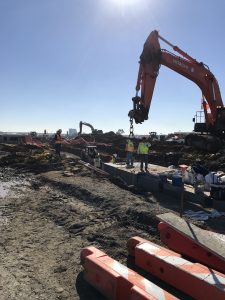 |
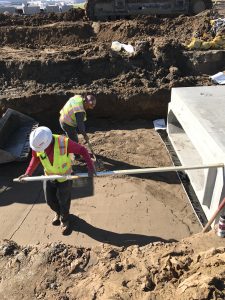 |
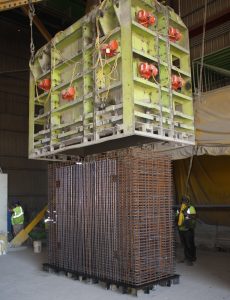 |

